
Blog
Vision Research Phantom T2110 introduced – a high-speed camera capable of recording at 483300 fps
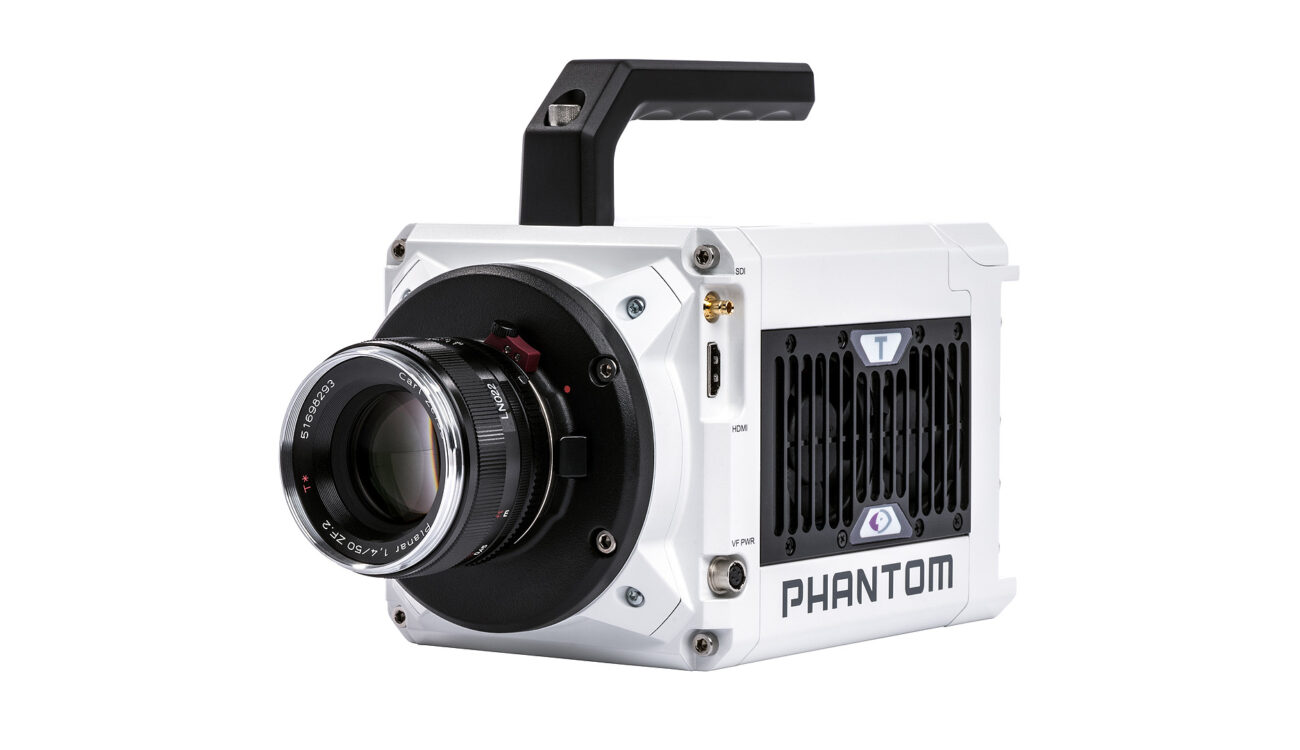
Vision Research has unveiled the Phantom T2110, a new high-speed camera capable of recording up to an astonishing 483,300 fps. However, this comes at the expense of resolution. The camera is equipped with a 12-bit 1200 x 800 BSI sensor and can capture up to 21,000 fps at full resolution. Let’s take a closer look!
Phantom cameras are renowned for ultra-high-speed imaging and are widely utilized in fields ranging from scientific research to filmmaking. In 2022, Vision Research introduced the Phantom VEO 610 and Phantom S991. The Phantom Flex 4K and Phantom HD Gold have been used in films such as Inception, Guardians of the Galaxy, Kingsman: The Secret Service, and more.
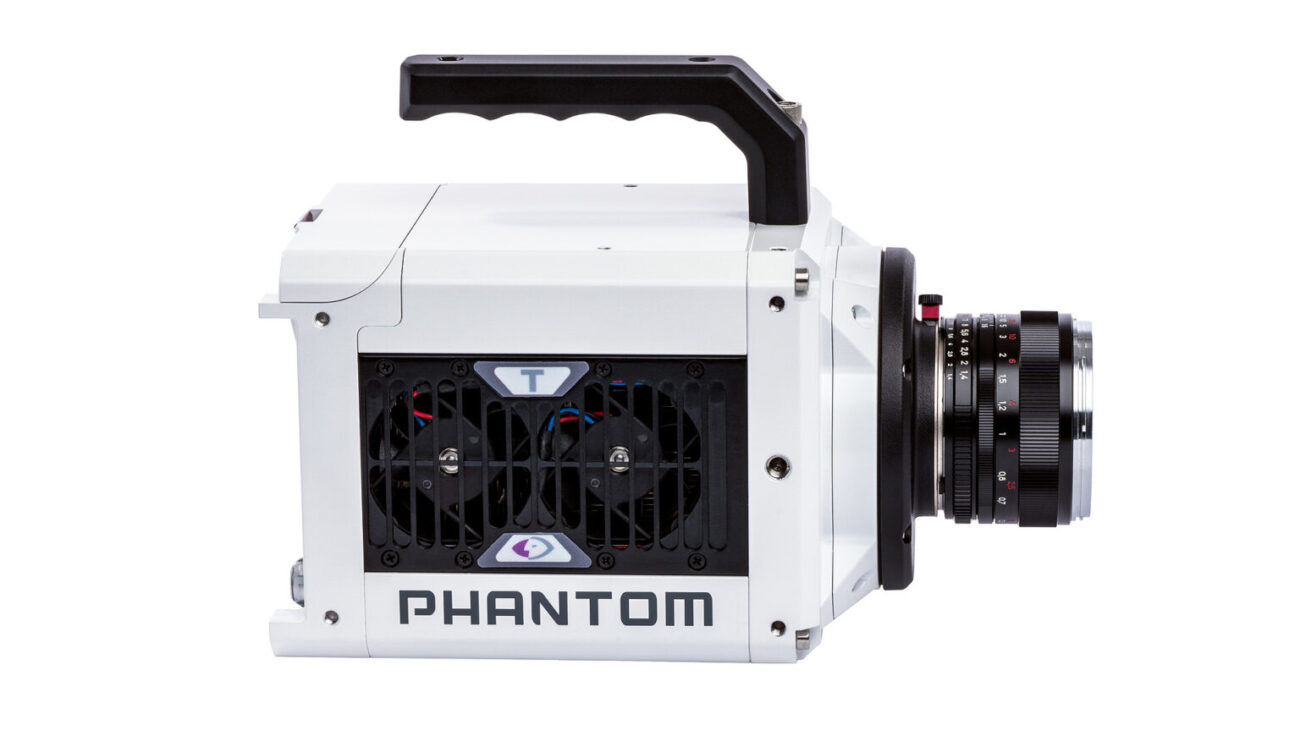
Phantom T2110 high-speed camera – features
The new Phantom T2110 from Vision Research features a 12-bit 1200 x 800 BSI (back-side illuminated) sensor and can capture up to 21,000 fps at full resolution. However, as frame rates increase, resolution decreases. At the maximum 483,300 fps (using Binning Mode), the resolution drops to 640 x 64. In Standard Mode, the resolution is 1280 x 32.
The camera delivers an image throughput of 21 gigapixels per second (Gpx/s), with a 40 dB signal-to-noise ratio (SNR), improved low-light performance, and multiple sensor configuration options. Available modes include color, monochrome, and ultraviolet-extended. Quantum efficiency (photon-to-electron conversion) is 84.3% for monochrome (QExFF), 83% for binned mode, and 77% for color. Notably, binned mode supports only monochrome imaging.
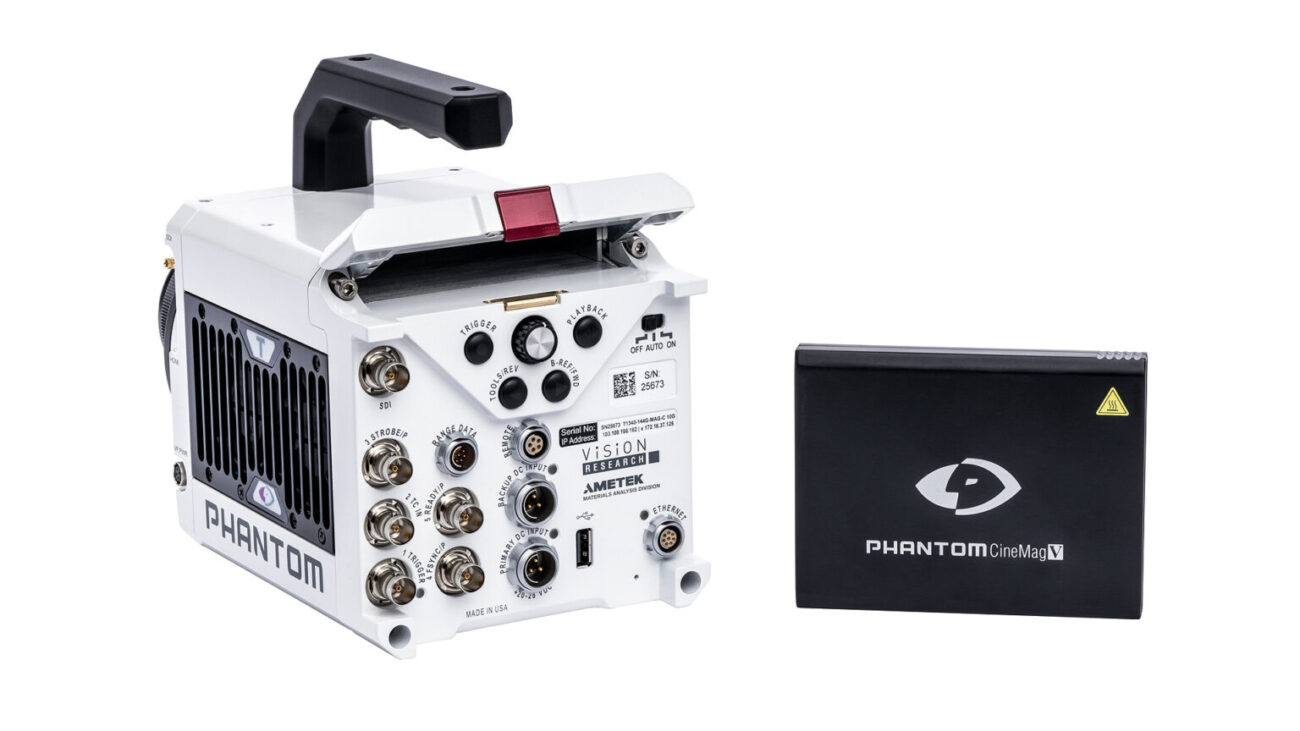
The Phantom T2110 comes with an extensive set of features, including:
- 12-bit 1200 x 800 BSI sensor (23.7mm x 14.8mm) with 18.5 µm pixels or 37 µm (binned).
- 40 dB signal-to-noise ratio (SNR).
- Dynamic range: 56.55 dB (binned), 52.15 dB (standard).
- Quantum efficiency: 84.3% mono, 83% binned, 77% color.
- Frame rates:
- Up to 21,000 fps at full resolution (1200 x 800).
- Up to 483,300 fps at 640 x 64 in Binning Mode.
- 1280 x 32 in Standard Mode.
- Minimum frame rate: 100 fps.
- Sensor options: Color, Monochrome, or UV-extended.
- Exposure settings:
- Minimum exposure: 1.1 µs (standard), 190 ns (FAST option, export controlled).
- Global electronic shutter.
- Extreme Dynamic Range (EDR) dynamically adjusts exposure in saturated areas.
- Auto Exposure & Exposure Index (E.I.).
- Shutter Off mode for PIV applications.
- Advanced synchronization & I/O:
- Programmable I/O for hardware signal interface customization.
- Data acquisition (DAQ) system support, with metadata recording in Cine files.
- Compatible with external measurement sensors.
- Optional fully automated workflow via image-based auto-trigger (IBAT), multi-Cine partitions, and continuous recording in PCC.
- Power requirements:
- 100 – 240 VAC, 280W power supply.
- 20 – 28 VDC secondary input (back panel).
- Recording formats:
- Phantom Cine RAW, Cine Compressed, Apple ProRes, H.264 MP4, and others.
- Still image support: JPEG, RAW, TIFF, DNG, and more.
- Compatible with the CineMag5.
- Memory options:
- 32 GB, 64 GB, 128 GB, or 256 GB RAM.
- Up to 63 memory partitions.
- 8 seconds of max frame rate recording with 256 GB RAM.
- Connectivity & output:
- MicroHDMI & 2x 3G HD-SDI output (supports up to 1080p60).
- 10GB Ethernet.
- Lens mount compatibility:
- Nikon F-mount (F and G Nikon SLR lenses).
- Optional mounts for Canon EF, PL, M42, and C.
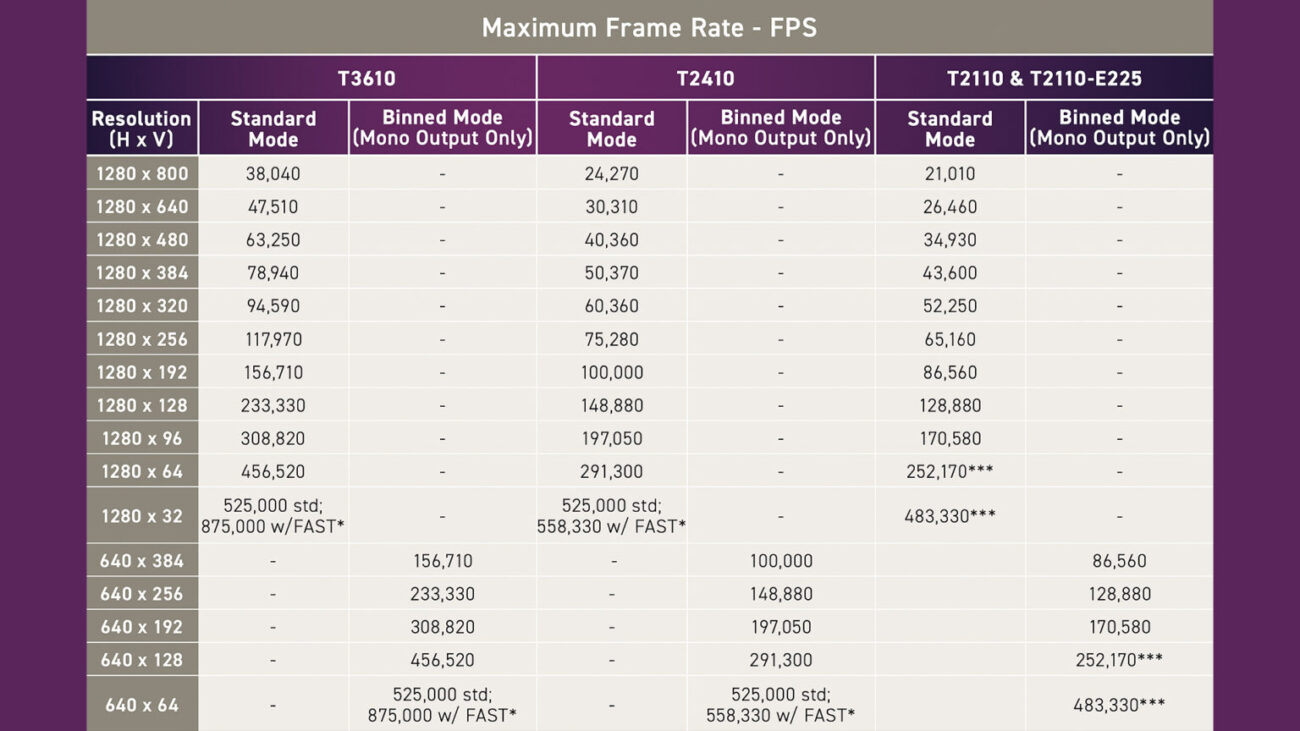
Price and availability
Vision Research doesn’t provide pricing on the new Phantom T2110, which is often the case. Learn more about the Phantom T2110 here and contact them here for pricing.
 Cinema Cameras
Cinema Cameras Pro Camcorders
Pro Camcorders System Cameras
System Cameras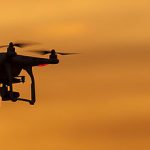 Drones
Drones